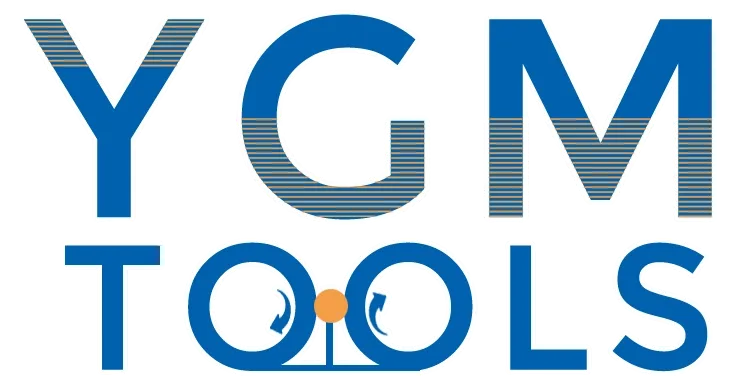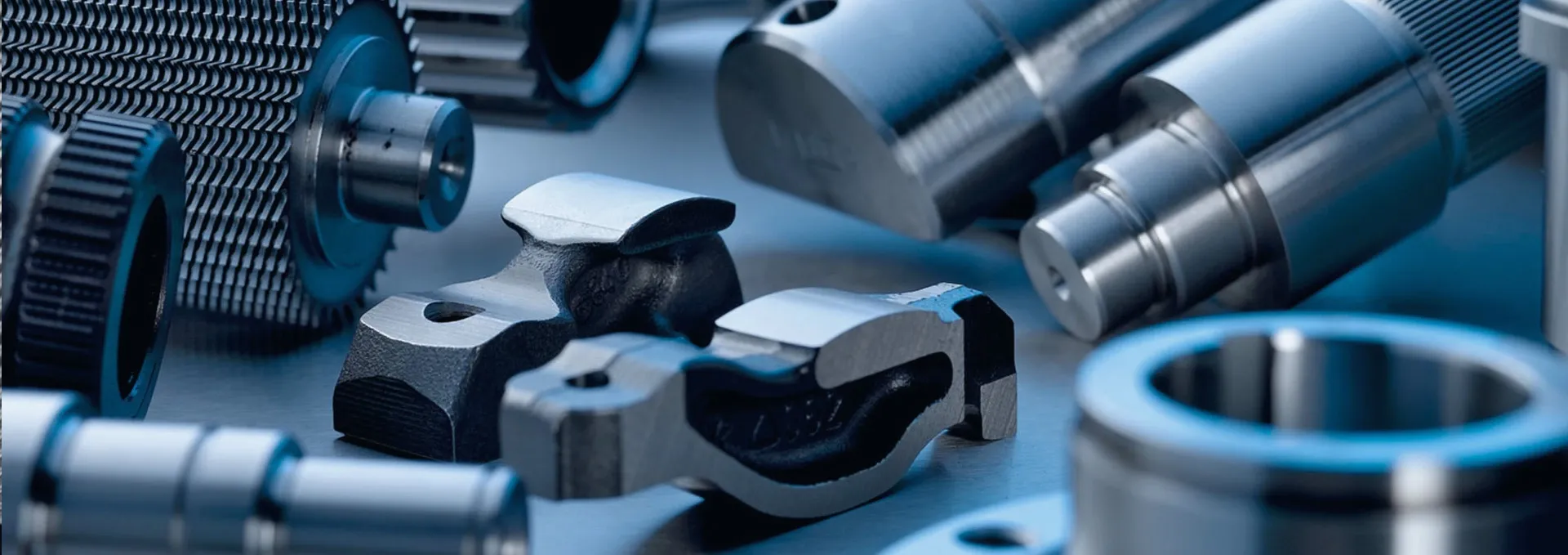
-
 Afrikaans
Afrikaans -
 Albanian
Albanian -
 Amharic
Amharic -
 Arabic
Arabic -
 Armenian
Armenian -
 Azerbaijani
Azerbaijani -
 Basque
Basque -
 Belarusian
Belarusian -
 Bengali
Bengali -
 Bosnian
Bosnian -
 Bulgarian
Bulgarian -
 Catalan
Catalan -
 Cebuano
Cebuano -
 Corsican
Corsican -
 Croatian
Croatian -
 Czech
Czech -
 Danish
Danish -
 Dutch
Dutch -
 Kiingereza
Kiingereza -
 Esperanto
Esperanto -
 Estonian
Estonian -
 Finnish
Finnish -
 French
French -
 Frisian
Frisian -
 Galician
Galician -
 Georgian
Georgian -
 German
German -
 Greek
Greek -
 Gujarati
Gujarati -
 Haitian Creole
Haitian Creole -
 hausa
hausa -
 hawaiian
hawaiian -
 Hebrew
Hebrew -
 Hindi
Hindi -
 Miao
Miao -
 Hungarian
Hungarian -
 Icelandic
Icelandic -
 igbo
igbo -
 Indonesian
Indonesian -
 irish
irish -
 Italian
Italian -
 Japanese
Japanese -
 Javanese
Javanese -
 Kannada
Kannada -
 kazakh
kazakh -
 Khmer
Khmer -
 Rwandese
Rwandese -
 Korean
Korean -
 Kurdish
Kurdish -
 Kyrgyz
Kyrgyz -
 Lao
Lao -
 Latin
Latin -
 Latvian
Latvian -
 Lithuanian
Lithuanian -
 Luxembourgish
Luxembourgish -
 Macedonian
Macedonian -
 Malgashi
Malgashi -
 Malay
Malay -
 Malayalam
Malayalam -
 Maltese
Maltese -
 Maori
Maori -
 Marathi
Marathi -
 Mongolian
Mongolian -
 Myanmar
Myanmar -
 Nepali
Nepali -
 Norwegian
Norwegian -
 Norwegian
Norwegian -
 Occitan
Occitan -
 Pashto
Pashto -
 Persian
Persian -
 Polish
Polish -
 Portuguese
Portuguese -
 Punjabi
Punjabi -
 Romanian
Romanian -
 Russian
Russian -
 Samoan
Samoan -
 Scottish Gaelic
Scottish Gaelic -
 Serbian
Serbian -
 Sesotho
Sesotho -
 Shona
Shona -
 Sindhi
Sindhi -
 Sinhala
Sinhala -
 Slovak
Slovak -
 Slovenian
Slovenian -
 Somali
Somali -
 Spanish
Spanish -
 Sundanese
Sundanese -
 Swahili
Swahili -
 Swedish
Swedish -
 Tagalog
Tagalog -
 Tajik
Tajik -
 Tamil
Tamil -
 Tatar
Tatar -
 Telugu
Telugu -
 Thai
Thai -
 Turkish
Turkish -
 Turkmen
Turkmen -
 Ukrainian
Ukrainian -
 Urdu
Urdu -
 Uighur
Uighur -
 Uzbek
Uzbek -
 Vietnamese
Vietnamese -
 Welsh
Welsh -
 Bantu
Bantu -
 Yiddish
Yiddish -
 Yoruba
Yoruba -
 Zulu
Zulu
Thread Rolling Tools and Equipment
In the manufacturing world, thread rolling has become an indispensable method for producing high-strength, precise threads on metal workpieces. The use of specialized thread rolling tools and thread rolling equipment plays a vital role in ensuring that threaded components meet the rigorous demands of industries such as automotive, aerospace, and construction. Understanding the different types of thread rolling tools and equipment is essential for selecting the right machine for your production needs.
In this article, we will explore the various types of thread rolling tools and thread rolling equipment, their applications, and how to choose the right tool for your specific threading requirements.
What Are Thread Rolling Tools?
Thread rolling tools are the essential dies and equipment used in the thread rolling process. Unlike traditional cutting methods, thread rolling involves cold-forming the material, which enhances the strength and precision of the threads. Thread rolling tools apply pressure to a metal workpiece, forcing it to form a thread shape according to the profile of the die. These tools typically consist of hardened steel dies with carefully designed thread profiles to create both external and internal threads.
There are several key components of thread rolling tools:
Rolling Dies: These are the primary components that shape the threads. They come in different profiles depending on the type of thread being formed, such as coarse, fine, or custom threads.
Mandrels: Mandrels are used to support the workpiece during the thread rolling process, especially when forming internal threads.
Feed Rollers: These rollers control the movement of the workpiece through the rolling dies.
Types of Thread Rolling Tools
There are different types of thread rolling tools based on the method of threading and the kind of workpieces involved. The three main types of thread rolling methods are:
Flat Die Thread Rolling
In flat die thread rolling, two dies with flat surfaces are used to create threads on the workpiece. This method is commonly used for producing straight, external threads and is ideal for producing large quantities of parts. The flat die method provides uniform thread profiles and is capable of handling a variety of materials. Flat die rolling tools are highly efficient for high-speed production and are used extensively in the fastener industry.
Cylindrical Die Thread Rolling
Cylindrical die thread rolling involves two cylindrical dies that rotate around the workpiece. This method is suitable for producing external threads on cylindrical workpieces. It provides precise thread profiles and high production speeds. Cylindrical die tools are most commonly used in applications where high-volume production and tight tolerances are critical.
Planetary Thread Rolling
Planetary thread rolling involves rotating dies that move in a planetary motion around the workpiece. This method is ideal for producing both external and internal threads with exceptional precision. Planetary thread rolling tools can handle a wide range of materials and are capable of producing more complex thread profiles than flat or cylindrical die methods. This type of tool is commonly used in the production of fasteners, bolts, and high-strength threaded components.
What is Thread Rolling Equipment?
Thread rolling equipment refers to the machinery used to operate the thread rolling tools and complete the threading process. These machines use hydraulic or mechanical power to move the dies and apply the necessary force to form threads on the workpieces. Thread rolling equipment is essential for large-scale production runs, as it provides both speed and precision, ensuring that each part meets the required specifications.
There are several key types of thread rolling equipment:
Manual Thread Rolling Machines
Manual thread rolling machines are operated by hand and are typically used for smaller production runs or for creating custom parts. These machines are more affordable but require more operator involvement. Manual machines are ideal for low-volume, high-precision applications where consistency is less of a concern.
Hydraulic Thread Rolling Machines
Hydraulic thread rolling equipment uses hydraulic force to apply pressure to the dies. These machines are ideal for high-volume production and can handle a wide range of workpiece sizes and materials. The hydraulic system ensures that the thread rolling process is consistent and efficient, making them a preferred choice for industries that require precision threading at high speeds.
CNC Thread Rolling Machines
CNC (Computer Numerical Control) thread rolling equipment offers automated control over the entire threading process. These machines can be programmed to create specific thread profiles, handle complex geometries, and adjust the parameters automatically based on the workpiece requirements. CNC machines provide the highest level of precision and flexibility, making them ideal for industries that require high-quality threads and custom configurations.
Rotary Table Thread Rolling Machines
Rotary table machines are designed for continuous production of threads on multiple parts. These machines feature a rotating table that holds the workpieces, allowing for the simultaneous formation of threads on multiple components. This type of thread rolling equipment is suitable for large-scale production runs where high throughput is essential.
Choosing the Right Thread Rolling Tool and Equipment
Selecting the appropriate thread rolling tool and thread rolling equipment depends on several factors related to your production requirements, including:
Production Volume
For high-volume production, hydraulic or CNC thread rolling machines are often the best choice due to their ability to handle large batches of parts quickly and efficiently. Manual machines are more suitable for smaller runs or custom work.
Thread Specifications
The type of thread you need to produce will influence your choice of tool. Coarse threads, fine threads, and custom profiles each require different types of rolling dies and equipment. Make sure the equipment you choose can handle the specific thread type needed for your application.
Material Compatibility
Consider the materials you will be working with. Some thread rolling equipment is better suited for specific materials, such as steel, aluminum, or softer metals. Choose tools and machines that are designed to handle the workpieces you intend to use.
Cost and Maintenance
Thread rolling tools and thread rolling equipment can vary widely in price, depending on their complexity and functionality. While manual machines are more affordable, hydraulic and CNC machines come at a higher cost but offer greater precision and automation. Consider your budget and maintenance requirements when choosing the right equipment.
Streamlining Threading with the Right Tools and Equipment
Whether you're producing high-strength fasteners, custom bolts, or precision components, selecting the right thread rolling tool and thread rolling equipment is crucial for achieving high-quality threads with minimal waste. Understanding the various types of thread rolling tools and how they function can help you make the best choice for your specific needs.
With options ranging from manual machines to high-tech CNC systems, thread rolling equipment offers versatility and efficiency in the production of threaded parts. By investing in the right tools and equipment, you can improve your production process, reduce costs, and ensure that every part meets the highest standards of quality.
